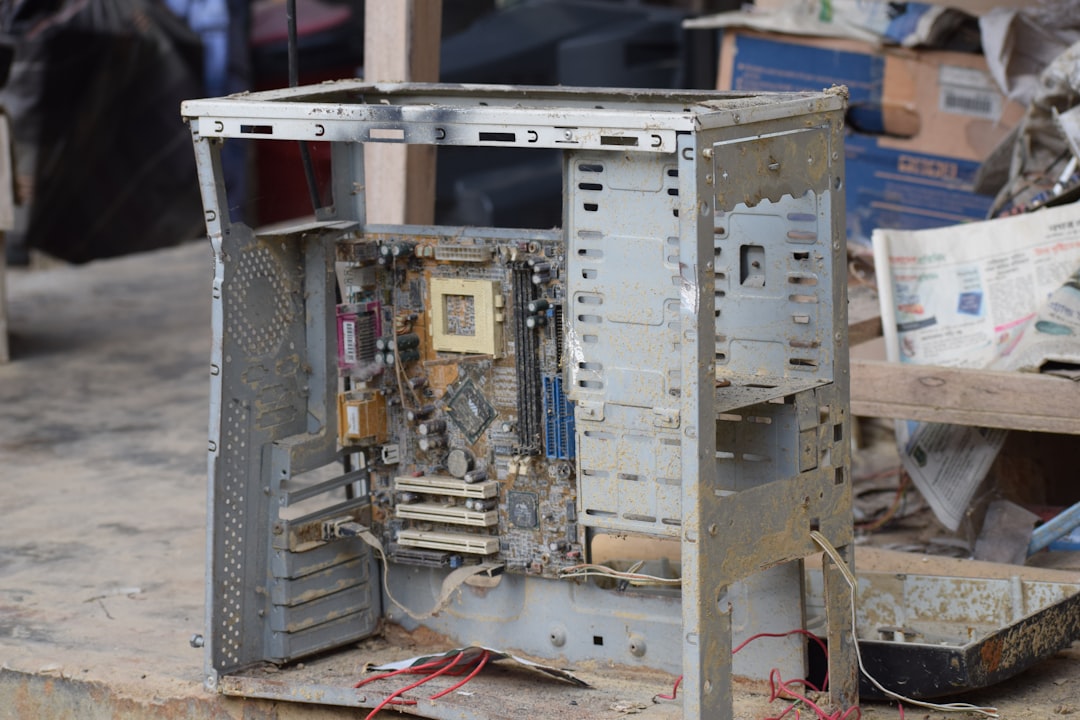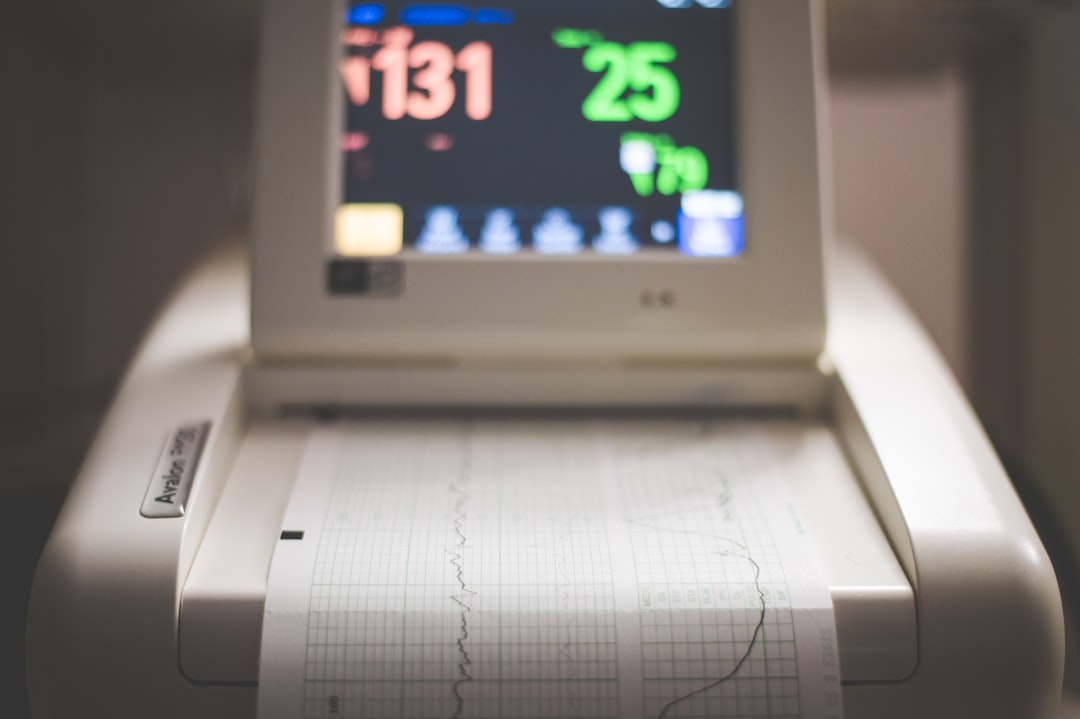As artificial intelligence continues to grow in sophistication and presence in daily life, a new class of tools has emerged to help navigate its impact—AI detectors. These tools are designed with one central purpose: to differentiate between content generated by AI and that created by humans. But what’s the point of AI detectors, and why are they becoming increasingly important?
The rise of generative AI platforms such as ChatGPT, Bard, and others has brought unprecedented convenience and capability to content creation, but it has also introduced new challenges related to authenticity, accountability, and trust. AI detectors attempt to fill this gap, providing a means of verifying whether content has been machine-generated. While not always perfect, these tools serve a critical function in multiple sectors.
AI detectors are designed to identify whether content was generated by humans or machines, but their effectiveness is often debated. Many people ask, “Are AI detectors accurate?” since results can vary widely depending on the tool and context.
The Growing Need for AI Detection
There are several key reasons why AI detectors are being developed and deployed:
- Academic Integrity: In education, institutions want to ensure that the work submitted by students is their own. The increasing use of AI to generate essays or solve assignments has made cheating easier, necessitating tools to preserve academic standards.
- Journalistic Trustworthiness: With misinformation spreading easily online, it’s vital for newsrooms and media outlets to verify the authenticity of contributions. AI-generated content, while not inherently problematic, should be disclosed to maintain transparency.
- Plagiarism Detection 2.0: Traditional plagiarism detection checks for copied content, but AI detectors go a step further by identifying whether content is entirely novel yet machine-generated.

Given the increasing ease of generating plausible and even convincing content using AI tools, it’s no longer enough just to check for copied work. Educators and employers must consider *how* a piece was created, not just *what* it says.
How AI Detectors Work
AI detection tools rely on algorithms trained to spot the unique linguistic patterns and stylistic tendencies typically associated with machine-generated text. These might include:
- Repetitive sentence structures
- Lack of personal voice or nuance
- Unnatural use of vocabulary or transitions
Advanced detectors often use machine learning models that analyze content based on probability distributions of words and phrases, comparing them with known AI-generated samples. Some tools even claim to detect specific model signatures—an invisible mark left by a particular AI engine.
However, it’s important to recognize that AI detectors are not perfect. False positives can and do happen, flagging human-written content as AI-generated, and vice versa. These tools are best seen as part of a bigger toolkit, not a silver bullet.
Challenges and Ethical Considerations
As with any emerging technology, the use of AI detectors comes with its own set of concerns. One major issue is the potential for misuse. Students, writers, or employees might be falsely accused of using AI, damaging reputations and careers. There is also the question of how to confirm the findings of an AI detector that delivers a non-verifiable score like “73% AI-generated.”
Moreover, as generative AI continues to improve, it will likely become harder to distinguish it from human work. The arms race between content generators and detectors is already underway and may never yield a perfect solution.

Another concern involves privacy. Some AI detectors may require users to upload sensitive documents, raising questions about data storage and misuse. Responsible development of these tools must include rigorous data protection measures and transparency in how results are determined.
Conclusion: The Role AI Detectors Play
So, what’s the point of AI detectors? Ultimately, they are tools of accountability and transparency in an age where lines between human and machine content are increasingly blurred. Whether in academic circles, professional settings, or digital media, AI detectors serve to maintain trust and uphold expectations of authenticity.
That said, they should be used with care. Results should not be treated as absolute but rather as indicators that warrant further review. As with any diagnostic tool, human judgment remains essential. Ideally, AI detectors should not become tools of punishment, but instruments of understanding—helping us navigate a world where machines are beginning to write alongside us.
In the ongoing evolution of artificial intelligence, perhaps the most vital role of these detectors is not to divide AI from us, but to help us understand what that division even means—and what responsibility we bear on either side of it.



